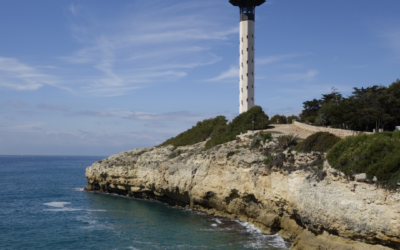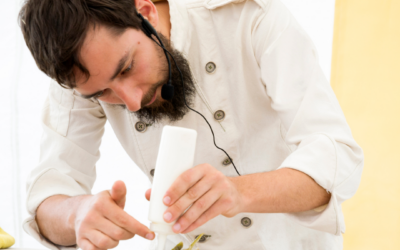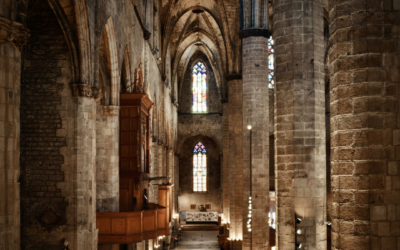Every year, Tarragona is visited by hundreds of thousands of people who want to discover its history. One of the most popular tourist attractions for visitors is its great Roman heritage, which includes, among other elements, its amphitheatre. Even so, Tarragona’s history has gone through many other periods, such as the Middle Ages, which also left an important mark on the city’s streets.
In this post, we will mention the architectural ensemble of the medieval period that you can find during your stay in Tarragona. We recommend you travel to the city with Shuttle2Sun‘s shared transfer services and private transfer services, low-cost and sustainable, which are available from Barcelona airport, Barcelona port, Reus airport, Girona airport and Camp de Tarragona AVE train station.
Tarragona in the Middle Ages
Although there was a period of abandonment of the city during the Arab presence in Tarragona, from the 12th century onwards, an important repopulation took place in the Upper Part of the city, under the jurisdiction of the bishop of Barcelona and archbishop of Tarragona, Oleguer Bonestruga, by the Normandy mercenary Robert Bordet, considered the ‘prince of Tarragona‘.
The situation became more complicated with the arrival of the new archbishop Bernat Tort, after the death of Oleguer, and a power struggle began between the Norman and the following archbishops. In 1171, Robert Bordet’s family had to leave for Mallorca, leaving everything in the hands of Count of Barcelona and Archbishop Guillem de Torroja.
Tarragona managed to consolidate its position as an important city in the territory until the 14th century, when it began to suffer a great decline, caused in part by the Black Death, and later by the Catalan civil war and the siege of the city in the 15th century.
The city wall
As Tarragona maintained the walled enclosure of the old Roman Tarraco, it only had to repair the existing wall, adapting it to the new city that began to be repopulated in the 12th century with the construction of the Mur Vell.
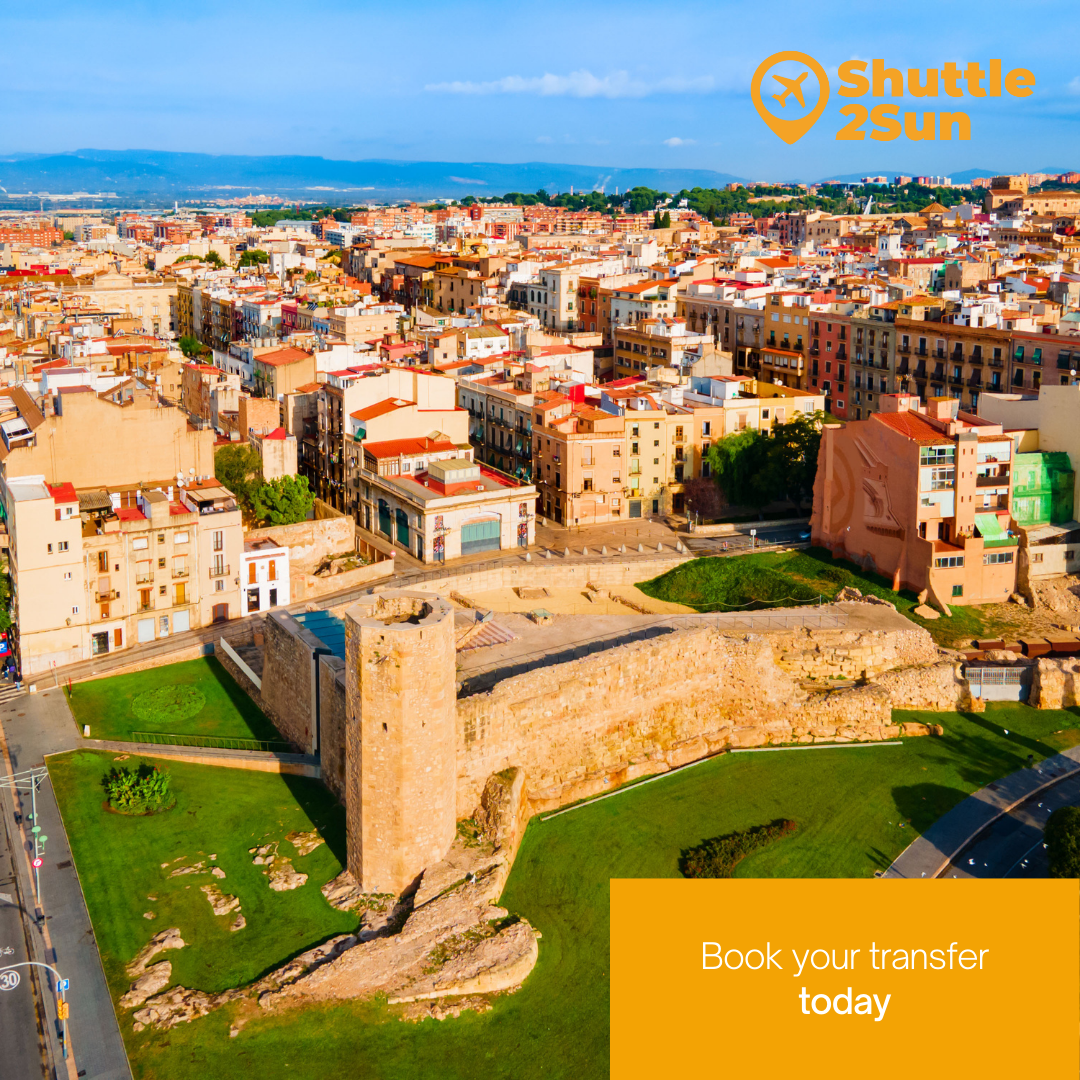
You can still see it in Carrer Ferrers and Carrer Enrajolats, as well as Torre de Morenes and Torre de Arandes, which formed part of the route of the wall.
Later, the Mur Nou, also known as Muralleta, was built to extend the walled enclosure towards the south. Today, only part of it remains, between the vaults of San Hermenegildo, as well as two of its towers, that of Monges and that of Tintoré.
Tarragona Cathedral and other places of worship
One of the most significant elements of medieval architecture in Tarragona is its Cathedral, which was built on the highest part of the hill between the 12th and 14th centuries in a style that blends Romanesque and Gothic. Particularly noteworthy are the majestic rose window that presides over its façade, as well as the main altarpiece, made by the Catalan sculptor Pere Johan, among other works of art. Also, its tall bell tower, 70 metres high, with a total of 15 bells. During your visit, you will also be able to see the rectangular Cathedral Cloister.
In addition to this temple, you can visit other churches and chapels from the medieval period, such as the chapels of Sant Pau and Santa Tecla, dating from the 12th and 13th centuries, two smaller buildings, both rectangular in shape. The chapel of Santa Tecla can be found in Carrer de les Coques; and the chapel of Sant Pau, inside ‘El Seminari’ Centre Tarraconense, located in Carrer de Sant Pau.
Another place of worship is the church of Santa Maria del Miracle, located inside the Roman amphitheatre, which is now almost demolished. There is also the Gothic church of Sant Llorenç, built in 1362.
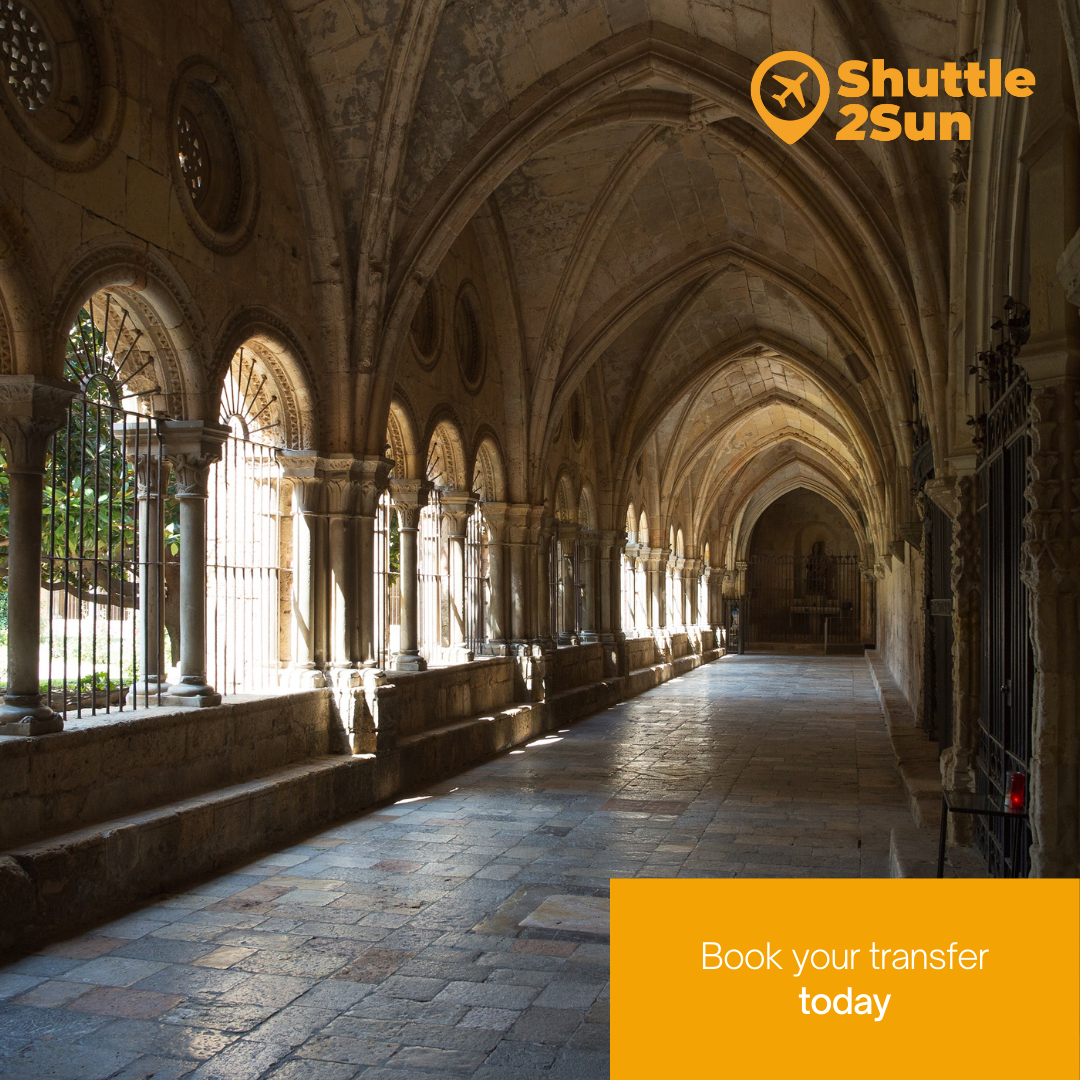
Get to Tarragona from Barcelona airport, Barcelona port, Reus airport, Girona airport and Camp de Tarragona AVE train station, with Shuttle2Sun‘s shared transfer services and private transfer services.
Pla de la Seu and Casa Balcells
Pla de la Seu is a square located in the highest part of the hill, in front of the main façade of the Cathedral, which also houses several buildings from the medieval period, including Casa Balcells, now a restaurant serving homemade food. This building was also known as Casa del Cambrer, as it was the home of the chamberlain of the See, the second most senior member of the Cathedral Chapter.
Medieval castles
With the arrival of the mercenary Robert Bordet in the city of Tarragona, he ordered the construction of Castell del Rei (King’s Castle), which became the residence of the Norman family until their subsequent exile in 1171, when it became the property of the Crown of Aragon. Although it was partially destroyed by the French army in the 19th century, its façade and part of its interior are still preserved.
On the other hand, you will find Castell de Paborde (Paborde Castle), of which only the Archbishop’s Tower remains.
The Jewish quarter
It is also worth mentioning the presence of the Jewish population in Tarragona during the Middle Ages, a fact that led to the preservation today of some of the streets and arches of the old Jewish quarter, or Call, a neighbourhood that was located around Plaça dels Àngels.
Old Hospital of Santa Tecla
Finally, on Carrer de Les Coques, you can also visit the façade of the old Hospital de Santa Tecla, founded in 1171 by Archbishop Hug de Cervelló.
If you found this post interesting, we encourage you to travel to Tarragona to discover the city’s medieval heritage. Get around in total comfort, thanks to the shared transfer services and private transfer services, low-cost and sustainable, offered by Shuttle2Sun, from Barcelona airport, the port of Barcelona, Reus airport, Girona airport and Camp de Tarragona AVE train station.

